The Mark V was announced on 24 August 1979. Officially it was known as “Cortina 80”, although the Mark V tag was given to it immediately on release, by the press, insiders and the general public.
A large update on the Mark IV, it was really a step between a facelift and a rebody. The Mark V differentiated itself from the Mark IV by having revised headlights with larger turn indicators incorporated (which now showed to the side too), a wider slatted grille said to be more aerodynamically efficient, a flattened roof, more glass area, slimmer C-pillars with revised vent covers, larger, slatted tail lights (on saloon models) and upgraded trim.
Prices started at £3,475 for a basic 1.3-litre-engined model.
Improvements were also made to the engine range, with slight improvements to both fuel economy and power output compared to the Mk.IV. For example, the 2.3V6 engine was given electronic ignition and a slight boost in power output to 116 bhp (87 kW; 118 PS), compared to the 108 bhp (81 kW; 109 PS) of the Mk.IV. Ford also claimed improved corrosion protection on Mk.V models; as a result, more Mk.V’s have survived; however, corrosion was still quite a problem. Cars that were rust-proofed from new with treatments such as Waxoyl or Ziebart have tended to fare a lot better than untreated cars with only factory rust-proofing.
By contrast, the estate models combined the Mk IV’s bodyshell (which was initially from the 1970 Ford Taunus) with Mk V front body pressings.
Variants included the Base, L, GL and Ghia variants (all available in both saloon and estate forms), together with Base and L spec 2-door sedan versions (this body style was available up to Ghia V6 level on overseas markets). An optional “S” pack was also available for most models, For the final model year of 1982 this consisted of front and rear bumper over riders, sports driving lamps, an ‘S’ badge on the boot, tachometer, 4 spoke steering wheel, revised suspension settings, front gas shock absorbers, ‘Sports’ gear lever knob, sports road wheels, 185/70 SR x 13 tyres and Fishnet Recaro sports seats (optional). Various “special editions” were announced, including the Calypso and Carousel. The final production model was the Crusader special edition which was available as a 1.3, 1.6 and 2.0 saloons or 1.6 and 2.0 estates. The Crusader was a final run-out model which buyers clamoured for in 1982, instead of buying a newly introduced Sierra. It was the best-specified Cortina produced to date and 30,000 were sold, which also made it Ford’s best-selling special edition model. Another much rarer special edition model was the Cortina Huntsman, of which 150 were produced. By this time, the Cortina was starting to feel the competition from a rejuvenated (and Opel influenced) Vauxhall, which with the 1981 release Cavalier J-Car, was starting to make inroads on the Cortina’s traditional fleet market, largely helped by the front wheel drive benefits of weight and grip.
Up to and including 1981, the Cortina was the best selling car in Britain. Even during its final production year, 1982, the Cortina was Britain’s second best selling car and most popular large family car. On the continent, the Taunus version was competing with more modern and practical designs like the Talbot Alpine, Volkswagen Passat and Opel Ascona, but the brand image of Ford’s blue oval ensured the Cortina was a success in virtually every country where it was sold.
The very last Cortina – a silver Crusader – rolled off the Dagenham production line in 22 July 1982 on the launch of the ultramodern Sierra, though there were still a few leaving the forecourt as late as 1987, with one final unregistered Cortina GL leaving a Derbyshire dealership in 2005. The last Cortina built remains in existence to this day, and is now in the ownership of the Ford Heritage Centre in Dagenham, Essex, not far from the factory where it was assembled.
However, the last production Cortina in the world was a wagon built in New Zealand. Ford NZ had scoured the globe for assembly kits and its last came from Cork, Ireland. The Cortina wagon had continued on after the sedan was replaced in 1983 by the Mazda-made 626-based Telstar instead of the European Sierra; Sierra wagons did, however, replace the long-serving ‘Cortinny’ wagon in Kiwi assembly.
The Cortina was a top selling model in New Zealand for years; in 2.0L trim (not offered in England) it was a popular ‘rep’s special’.
1982 was also the year in which the Cortina lost its title as Britain’s best selling car, having held that position every year since 1972. It was still selling well though, and the number one position had been taken by another Ford product: the Escort.

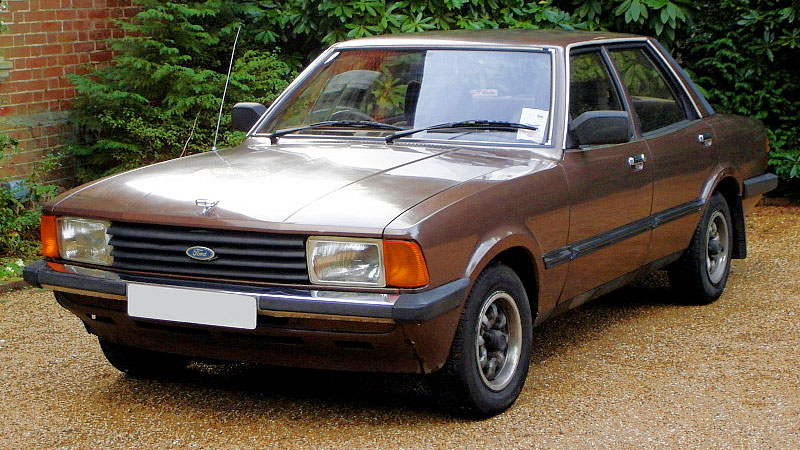
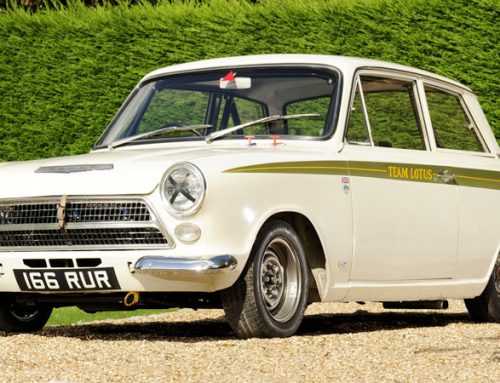
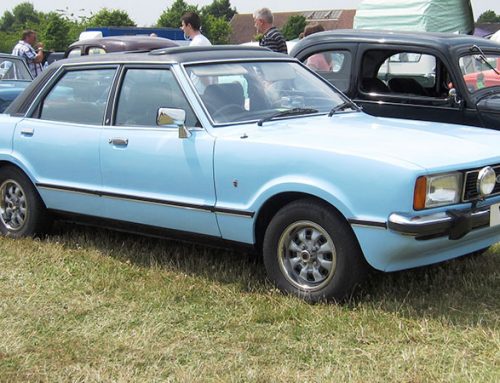
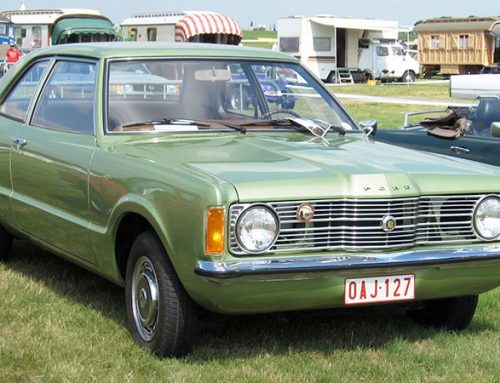
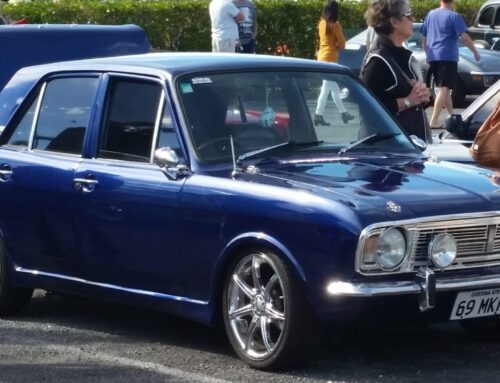
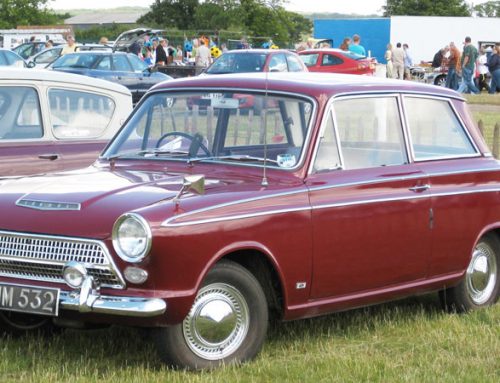
i owned a 1971 mk3 1600gxl 2 door Cortina. i’d love to know how much that would be worth now. And how many are actually still on the road today.
Could anyone please tell me how many mk5 cortina estates are left
Hi, As a newbie, can someone please advise the colour options for Cortina Mark 5 estate 1981: and if so what the “numbers ” are for these colours? And what is the normal paint (type) system for a respray if possible? The car has been grey undercoated I am not sure what with though
CAN SUME ONE HAVE MARK 5 TOOL KIT FOR CORTINA PLASE TA